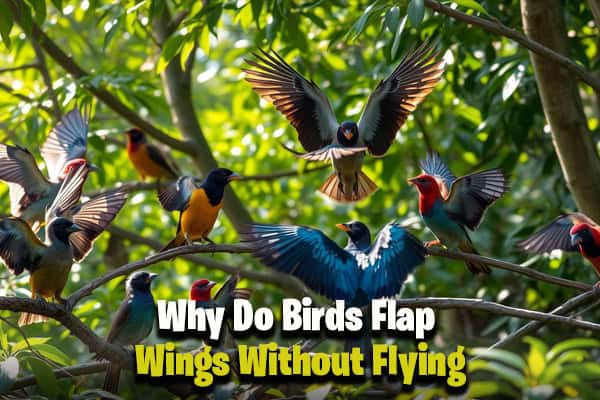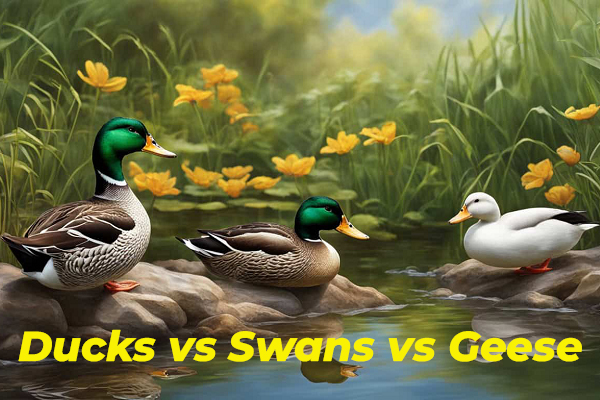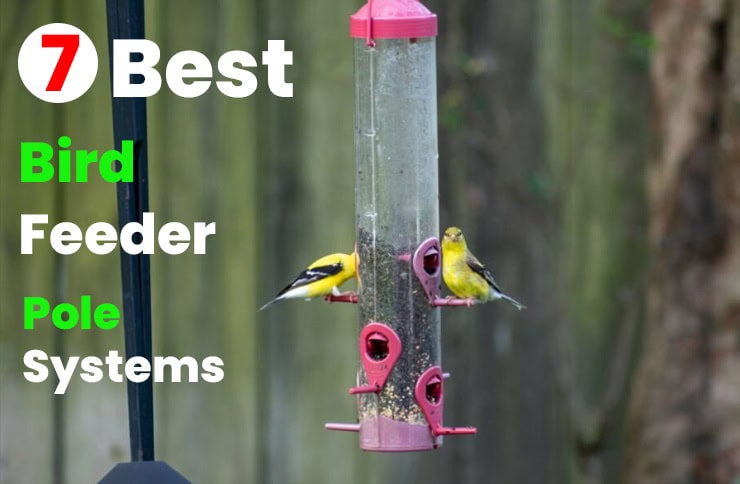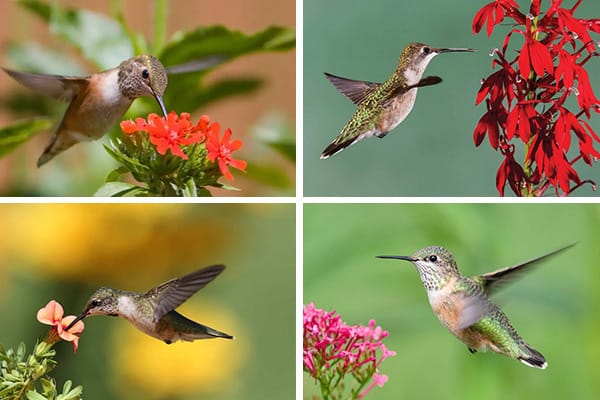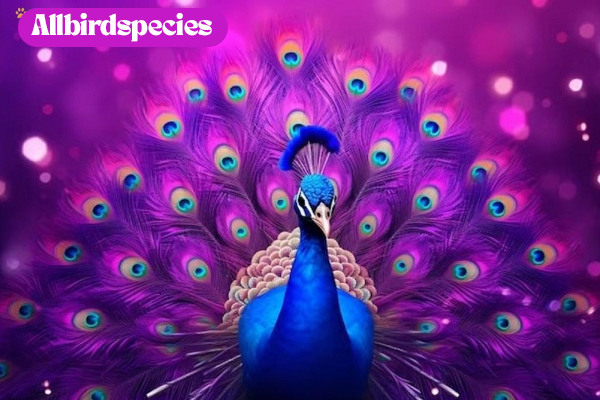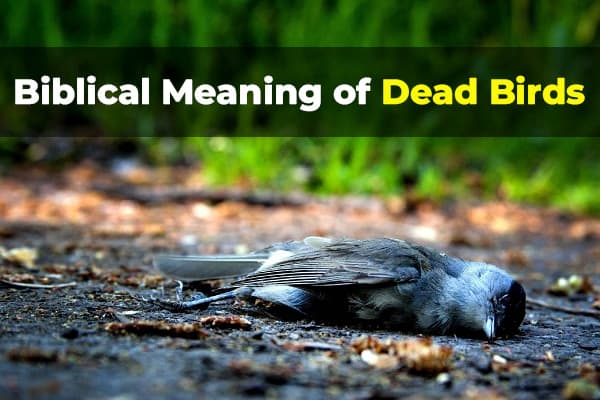Why Do Birds Flap Wings Without Flying?
Ever wondered why birds flap their wings without flying? This behavior puzzles many. It makes us ask what it means.
Understanding this is key. It could show excitement or just restlessness. As you learn more, you might find out why your bird is acting this way.
Understanding Bird Wing Flapping Behavior
Birds flap their wings for many reasons. It shows excitement, marks territory, or keeps them fit. Each bird does it differently, based on where they are and what they want.
Some birds, like penguins and ostriches, don’t fly but still use their wings. They balance or signal with them. This shows how important wings are for birds, even if they can’t fly.
Young birds learn to fly slowly. Some start as early as 8 to 12 days. Even when they can fly, they still flap their wings to talk and play.
Learning about bird behavior helps us connect with them better. By understanding their wing flapping, we can guess what they’re feeling. This way, we can make their lives happier and fuller.
The Role of Exercise in Wing Flapping
Wing flapping is key for birds to stay fit, especially when they can’t fly. It keeps their muscles strong and helps with coordination. It also boosts their heart health.
Exercise is super important for birds, especially in places where they can’t fly. Flapping their wings helps keep their muscles and agility sharp. Birds have big muscles for flying, making up 25-35% of their body weight.
Without flying, these muscles weaken fast. After just forty days without flying, birds’ flying muscles get much weaker.
Wing flapping is more than just physical benefits. It helps prevent bad behaviors in birds. Without enough exercise, birds might start acting strangely and become dependent on certain behaviors.
Exercise is also key to keeping birds’ hearts healthy. Obesity, caused by not enough exercise and bad diet, is a big heart disease risk. Conditions like fatty liver disease and diabetes can also happen if birds don’t move enough.
Why Do Birds Flap Their Wings Without Flying
Wing flapping happens in many places, some more obvious than others. It helps us understand bird behavior, especially indoors. When birds flap without flying, they might be feeling emotions, stretching, or getting ready to move.
Common Situations Observed
There are many reasons birds flap their wings inside or outside a cage. Here are a few:
- Excitement: Birds flap when they’re excited to see their owners or play.
- Anxiety: They flap when they feel scared or stressed by loud noises or sudden movements.
- Stretching: After being cooped up, birds flap to stretch and feel better.
- Social Interactions: Flapping can mean they want to talk or play with other birds.
Behavioral Interpretation
Knowing why birds flap indoors helps us understand our pets better. We should think about:
- Surroundings: Birds flap to check out their area or explore new places.
- Preparation for Flight: Flapping can mean they’re getting ready to fly, even if they don’t.
- Emotional State: Flapping shows their feelings, like happiness, fear, or curiosity.
Watching birds flap their wings teaches us to pay close attention to their behavior. It makes our connection with them stronger.
Reasons Behind Wing Flapping in Captive Birds
Many reasons make birds flap their wings in cages. Birds in captivity often can’t move as they want. This makes them flap their wings to show their energy.
Not having enough space is a big problem. Birds flap to meet their natural needs.
Boredom and not liking their place also makes birds flap a lot. They flap to play or have fun. Giving them fun toys and places to climb is very important.
To understand why birds flap in cages, look at these points:
| Reason | Description |
|---|---|
| Muscle Development | Flapping helps young birds get strong for flying. |
| Social Interaction | Flapping helps birds talk and be friends. |
| Territorial Defense | Birds flap to say they own the place and keep others away. |
| Energetic Flapping | Flapping a lot means a bird is healthy and strong. |
| Poor Flapping | Flapping weakly might mean a bird is sick or stressed. |
| Preening and Flapping | Flapping helps birds keep their feathers in good shape. |
| Migration Preparation | Flapping helps birds get ready to fly long distances. |
Knowing why birds flap can help you make their life better. Watching how they flap helps you take care of them better. It’s important to give them things to do and places to move around.
What Does It Mean When a Bird Flaps Its Wings Really Fast?
When birds flap their wings fast, it means a lot. They might be excited or scared. It’s important to know why they’re doing it.
Things like new sights, sounds, or even people can make birds flap fast. Knowing why helps us understand how they feel.
Indications of Excitement or Fear
Birds flap fast for many reasons. They might be excited or scared. Here are a few:
- Exciting news: Seeing food they love can make them flap fast.
- Fearful triggers: Loud noises or sudden movements can scare them, making them flap quickly.
- Social interactions: Seeing another bird can make them flap fast with excitement or fear.
This flapping is how birds talk to each other. It shows how they feel.
Contextual Factors to Consider
To understand why birds flap fast, look at the situation. Things like:
| Contextual Factors | Example Situations |
|---|---|
| Environmental Changes | New pet in the home, changes in weather patterns |
| Presence of Other Animals | A dog entering the room, other birds nearby |
| Human Interaction | Owner approaching or engaging in play, sudden movements by humans |
By looking at these things, you can guess why birds flap fast. This helps you know how to help them feel better.
Signs of Communication Through Wing Flapping
Wing flapping is key for birds to talk to each other. It shows feelings and social stuff. Knowing how birds flap their wings helps us get their messages.
Some birds, like Japanese tits, flap their wings in special ways. They do this to show they’re excited or connected. Girls do it more than boys, showing it’s key for love.
Other things birds do add to wing flapping’s meaning:
- Eye pinning: Shows they’re excited, stressed, or ready to go.
- Head bobbing: Means they’re hungry, excited, or want to see better.
- Tail wagging: Shows they’re excited or warning others.
- Fluffing feathers: Means they’re sick or trying to look bigger.
Seeing these signs helps us understand bird talk. For example, beak grinding means they’re relaxed. Growling shows they’re angry, like in cockatiels and African greys. Every move is important in bird social life.
Watching wing flapping and these behaviors helps us get bird talk. By understanding these signs, we can make our bird friends happier.
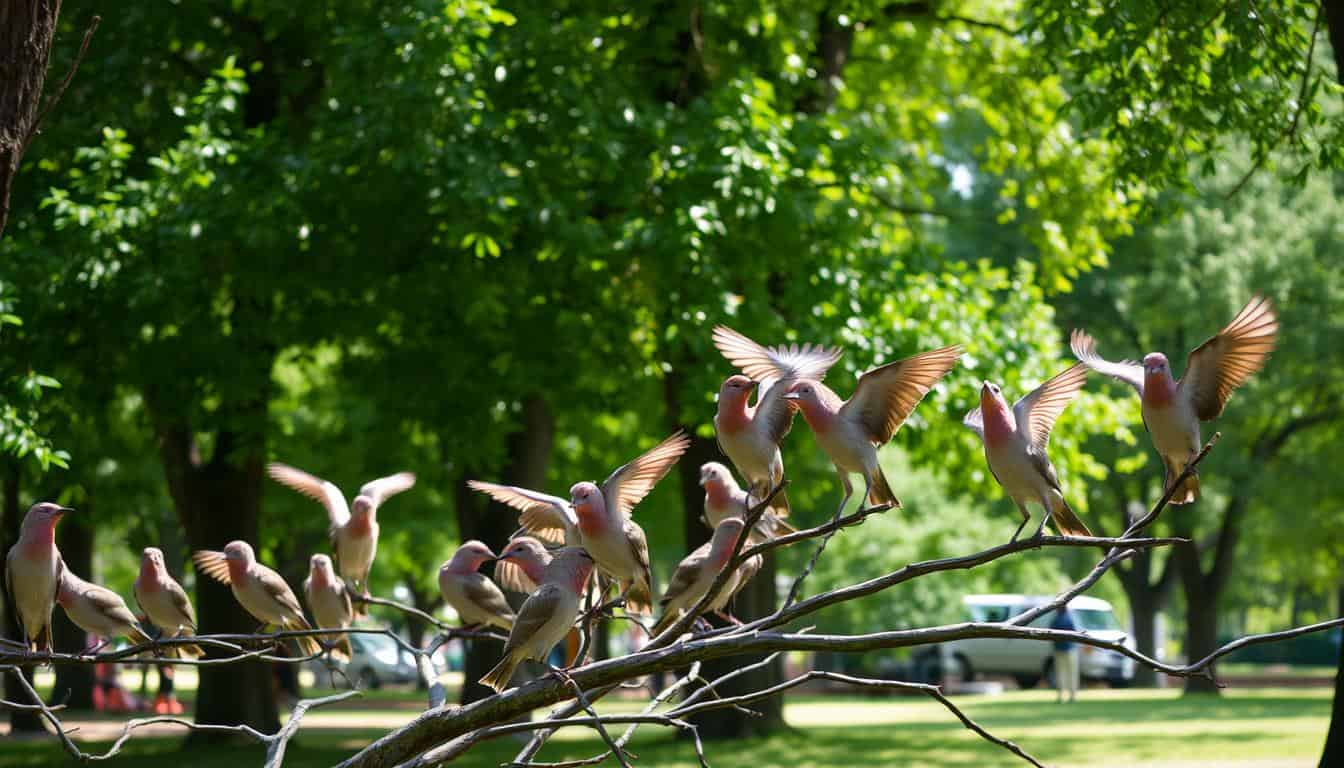
Flapping as a Social Behavior
Flapping is key in bird social life. It shows up in many ways, like in courtship or when birds fight for top spot. It helps birds know who’s boss in their group.
Birds flap their wings for many reasons. It helps them talk and connect with each other. For example, males flap a lot when they want to impress females. This shows they’re strong and ready to mate.
How hard a bird flaps can tell us how it feels. Birds flap hard when they’re angry or trying to show they’re in charge. But they flap softly when they’re being friendly or playing. This shows how complex bird societies are.
| Behavior Type | Context | Significance |
|---|---|---|
| Courtship Display | Attracting mates | Shows fitness and readiness to reproduce |
| Establishing Dominance | Interactions with rivals | Deters competition and asserts hierarchy |
| Playful Interaction | In social groups | Facilitates bonding and strengthens relationships |
| Submissive Flapping | Encountering aggressive peers | Indicates a non-threatening position |
Wing flapping is very important for birds. It helps them make friends and stay together. Watching how birds flap their wings teaches us about their social lives.
Why Is My Bird Flapping Its Wings and Screaming?
If your bird is flapping its wings and screaming, it’s important to know why. Many things can make a bird do this. It might be feeling stressed, wanting attention, or just bored.
It’s key to tell normal from bad behavior. For example, about 60% of birds flap their wings to stay fit. This is good and means your bird is happy and active. But if it screams too, it might want to play or feel lonely.
Some birds show signs of being upset. They might have messy feathers or droopy wings. This could mean they’re tired or stressed. About 45% of birds look like this after playing or taking a bath. Others might shake their feathers to feel better.
To fix these issues, you need to know how to react. Giving your bird fun things to do can help. Here are some tips:
- Give it toys that make it move or climb.
- Make a daily routine to keep it calm.
- Play with your bird every day, talk or sing to it.
- Change its toys and perches often to keep it interested.
Figuring out why your bird is flapping and screaming is crucial. Watch how it acts and what it does. This will help you take care of it better.
Contributing Factors to Nighttime Wing Flapping
Nighttime bird behaviors can often puzzle bird owners. To understand why birds flap their wings at night, we need to look at a few reasons. These include environmental changes, restlessness, or their natural sleep cycles.
Sudden sounds, temperature changes, or light shifts can make birds flap their wings. Birds that stay up at night, like owls, have special ways to hunt and talk. This can make them flap their wings more.
To help your birds sleep better, you can make their nighttime space better. Here are some tips:
- Make it quiet: Keep the area where they sleep calm and quiet. This helps avoid flapping caused by noise.
- Use dark covers: Cover their cages with dark materials. This helps them feel like it’s night outside.
- Follow a routine: Have a regular bedtime routine. This helps your birds know when it’s time to sleep.
By looking at these reasons and making their nighttime better, you can help your birds sleep more peacefully.
Conclusion
Why Do Birds Flap Wings Without Flying? Knowing why birds flap their wings is key for bird owners. We looked at many reasons why birds flap their wings. It could be for exercise, talking, or just hanging out.
This helps you understand what your bird is feeling. It shows if they’re happy or upset. Knowing this lets you take better care of your bird.
Good bird care means watching how they act. Flapping can show they’re excited or worried. It’s important to notice if they flap more or less.
By knowing what your bird needs, you can make them happy. This makes sure they stay healthy and happy with you.
Getting to know your bird better makes your bond stronger. Knowing why they flap helps you meet their needs. It makes life better for both you and your bird.
~More Posts Might Like~
- Which Birds Don’t Lay Eggs
- How to Make Birds Outside Shut Up
- Finding a Dead Bird in Pool
- Can Birds Eat Chia Seeds
- Do Birds Eat Chipmunks
FAQ: Why Do Birds Flap Wings Without Flying
Q1. Why do birds flap their wings but don’t fly?
Birds may flap their wings without flying to exercise, communicate, cool down, or show excitement.
Q2. What does it mean when a bird flaps its wings without flying?
It could indicate playfulness, a territorial display, stress relief, or preparation for flight.
Q3. Do birds need to flap their wings to stay healthy?
Yes, wing flapping helps maintain muscle strength, circulation, and overall physical health.
Q4. Is wing flapping a sign of stress in birds?
Sometimes; frequent or frantic flapping may indicatee stress, discomfort, or anxiety.
Q5. How do young birds learn to fly by flapping their wings?
They practice flapping to build strength and coordination before attempting flight.

